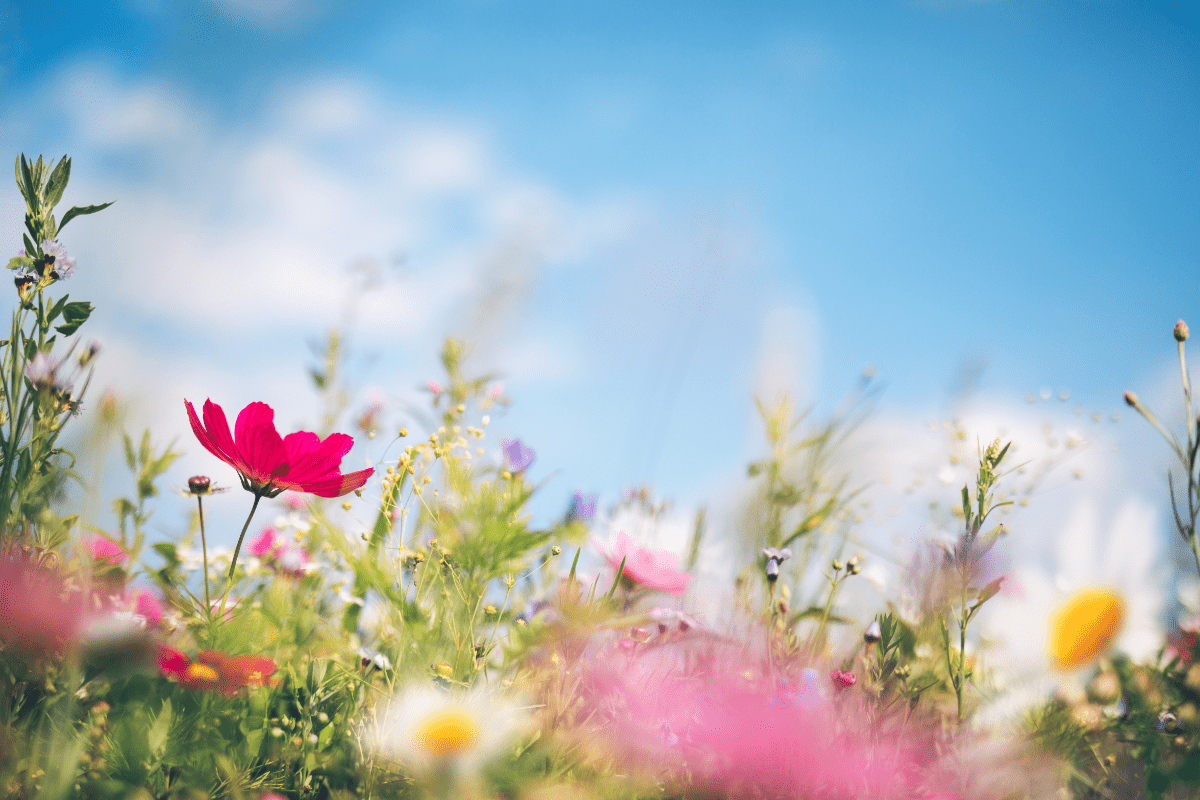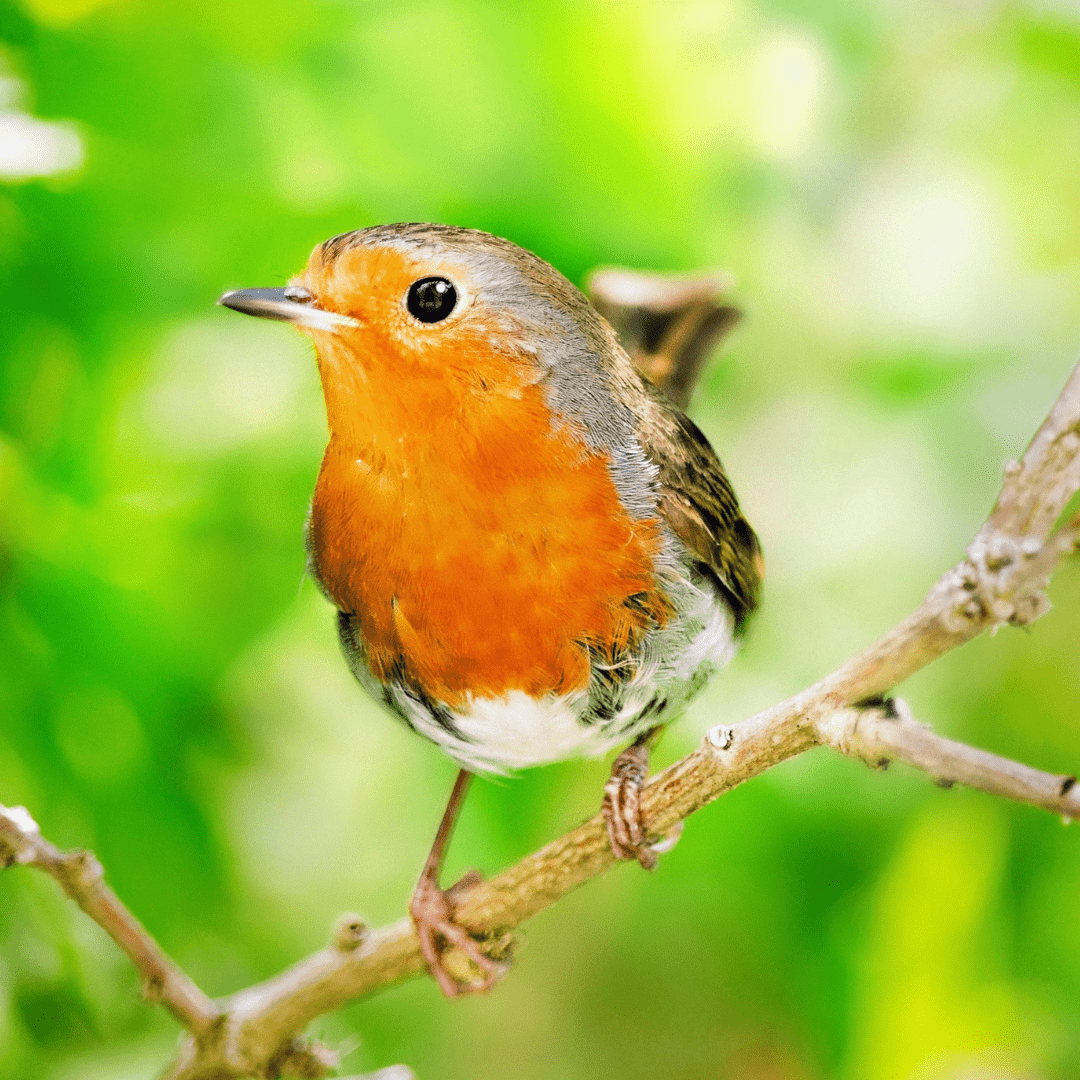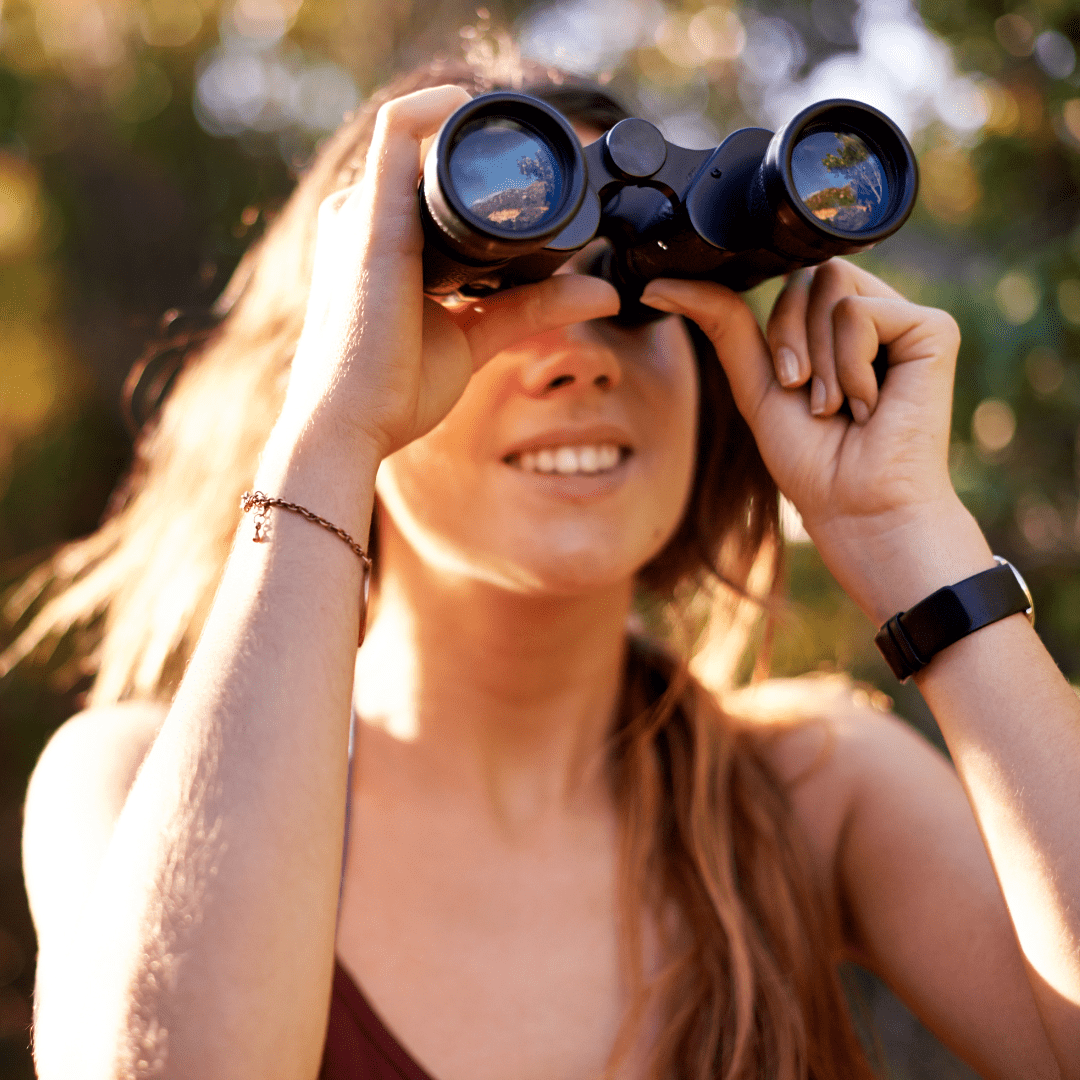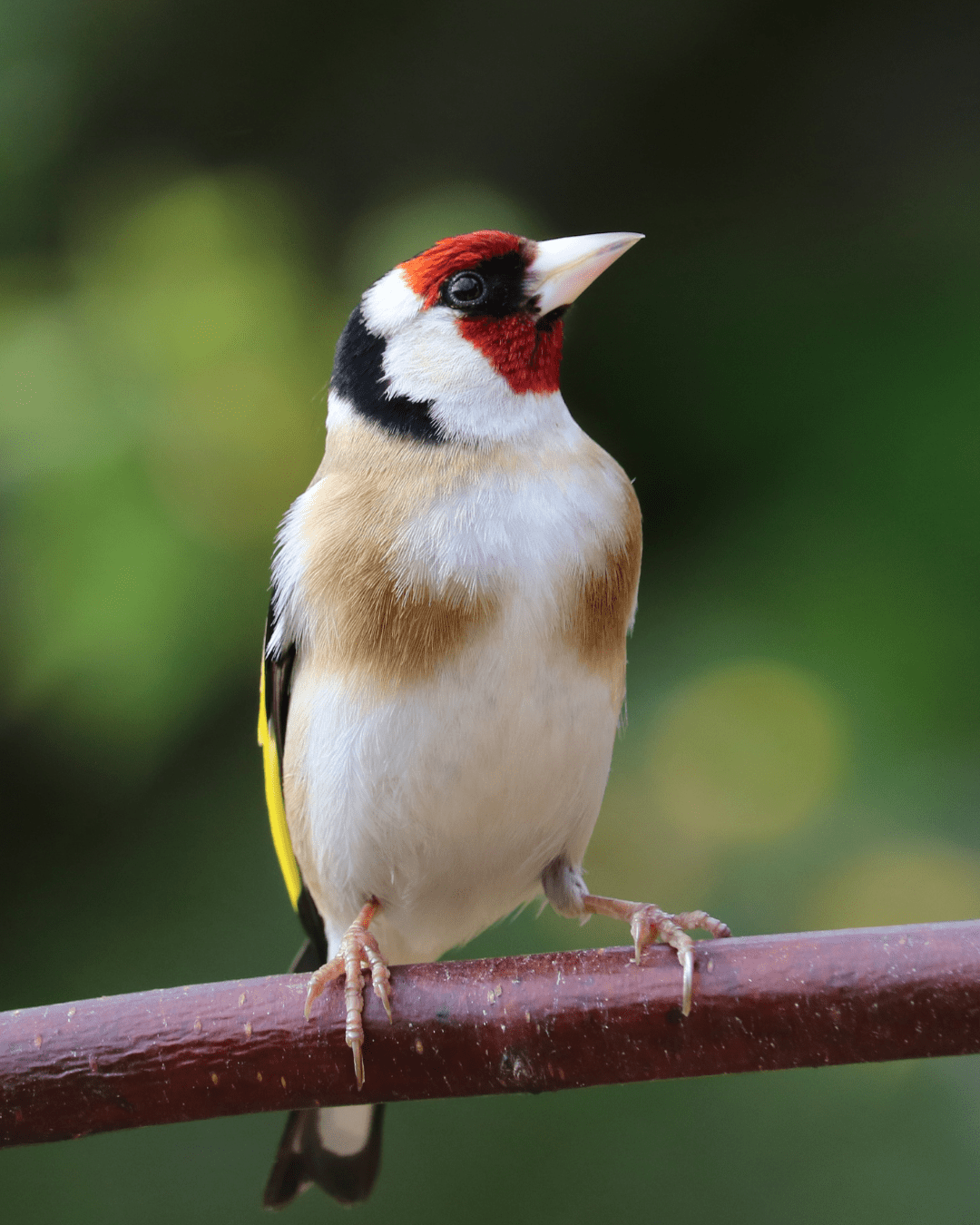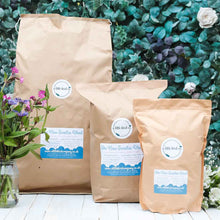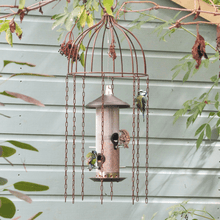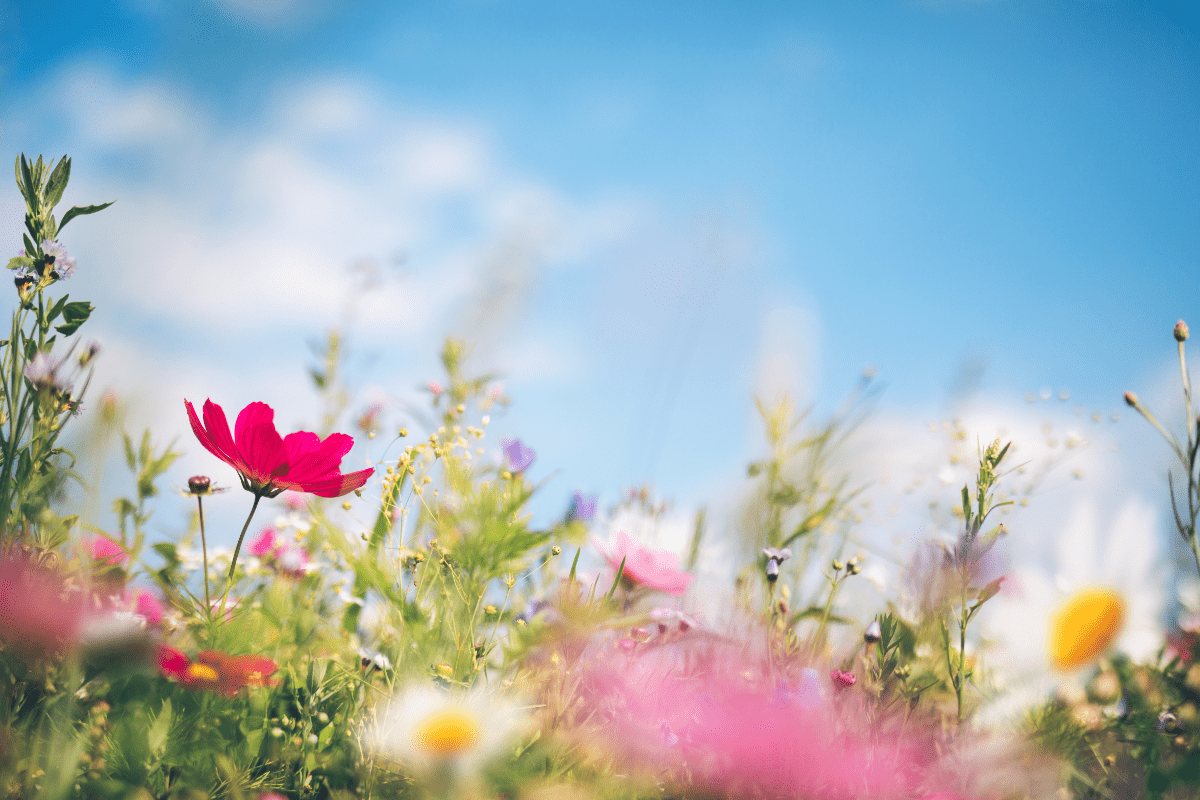Binocular Basics 1: How to choose birdwatching binoculars
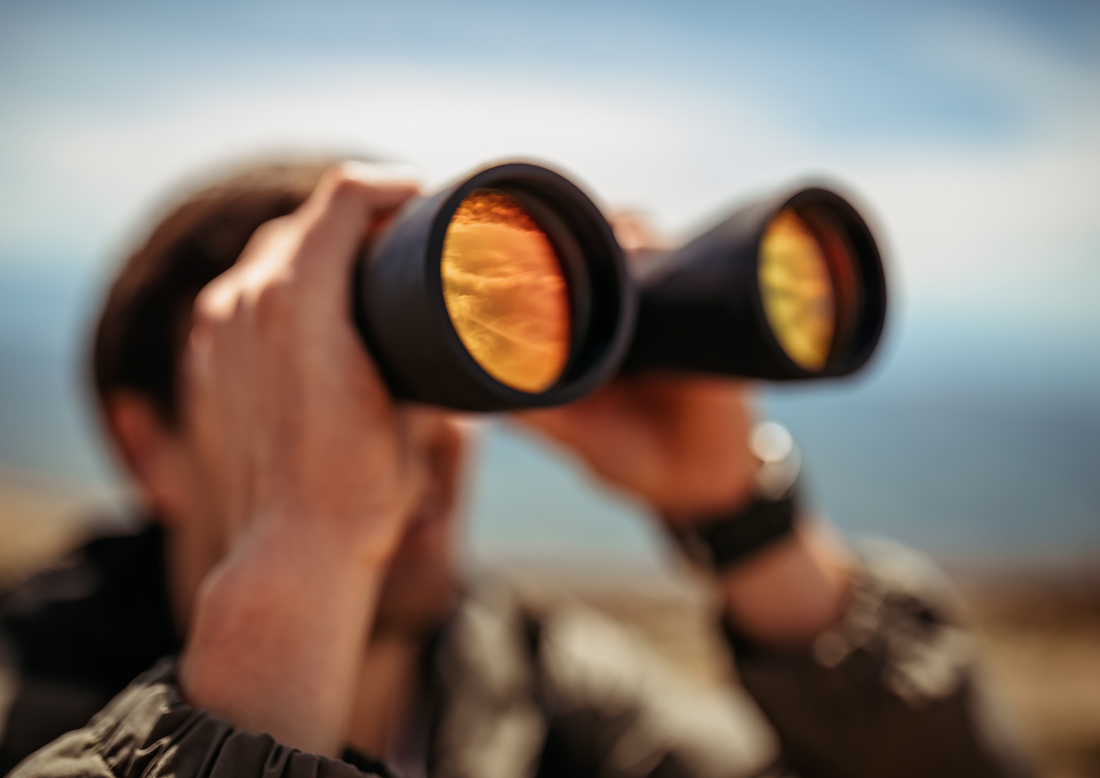
I was blown away when I tried a really good pair of binoculars for the first time - I couldn't believe how clear and bright the image was and I could see every feather on the birds in my garden. There is so much choice out there when it comes to binoculars and the technical terms can feel quite daunting. I thought it might be helpful to explain a little more about what they mean so you can choose your perfect pair of binoculars and enjoy the birds in your garden up close.
What do the numbers mean?
When you first start researching binoculars you'll see they're identified by two numbers separated by an 'x'. The first number is the magnification number - how many times larger an object will appear through the binoculars compared with the naked eye. So a set of 8x42 binoculars will make the bird you are focussed on appear eight times larger than if you looked at it without. It would be easy to assume that a higher magnification number is better, but this isn't actually the case. While a higher magnification will make the object appear closer, it will also reduce the field of view (how much of a scene you can see through the binocular) and the object brightness. A higher magnification will also accentuate any shaking a lot more than a lower magnification and the glass will be thicker, resulting in heavier binoculars. Let's compare higher and lower magnification:
| LOW MAGNIFICATION | HIGH MAGNIFICATION |
|
Brighter image Able to focus on birds that are closer to where you are standing Greater depth of field Wider field of view Easier to hold still |
Object will appear closer Darker image Narrow depth of field Harder to hold still Heavier to carry |
Generally, a magnification of 8x is plenty if you are looking for a pair of binoculars suitable to use at home or on nature walks, while a magnification of more than 10x will be suitable if you are viewing the birds from a hide.
The number after the 'x' refers to the diameter of the objective lens, which is the lens through which the image enters the binoculars. The higher the number, the bigger the lens will be and this will result in a brighter image, but the binoculars will also be heavier to carry.
Minimal Focus
A pair of binoculars with a lower diameter objective lens will allow you to focus on an object that is closer to you, making a lower diameter great if you are looking at birds immediately outside your window.
| BINOCULAR | MINIMAL FOCUS |
| 8x25 | 2m |
| 8x42 | 3m |
| 10x42 | 3m |
Protection
A good pair of binoculars will be weatherproof and able to be taken out in the rain. They should have a coating on the lenses to improve light transmission and reduce internal reflection, and a rubberised housing to protect from minor impacts.
I hope you feel better equipped to understand the technical terms when it comes to buying a pair of binoculars. They really will make such a difference to your bird watching and bring you so much closer to the wildlife in your garden and on your walks. I stock the Viking Optical Badger range of binoculars - if you have any questions on how to use them or which pair to buy, please send me an email or call the care line on 0208 0502367.
Keep reading to learn how to set up and adjust your binoculars in Binocular Basics Part Two.


